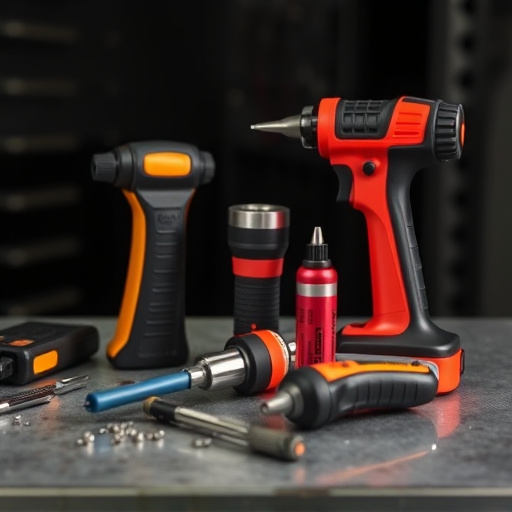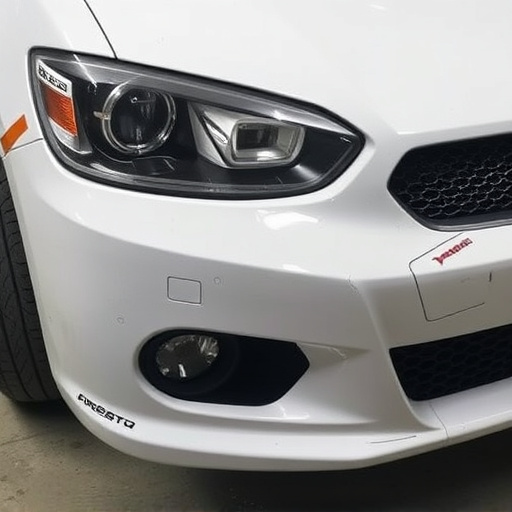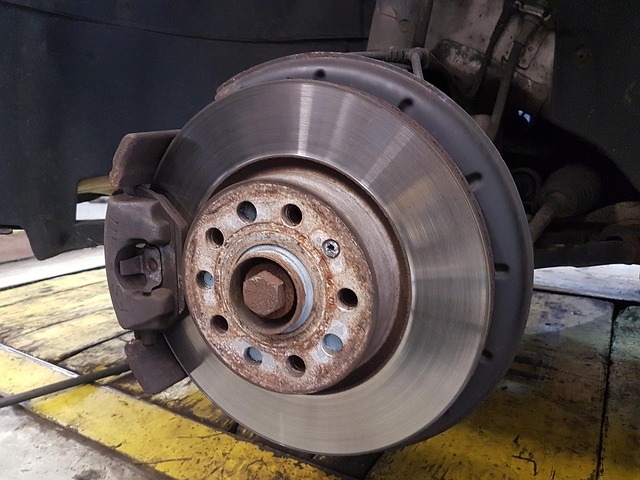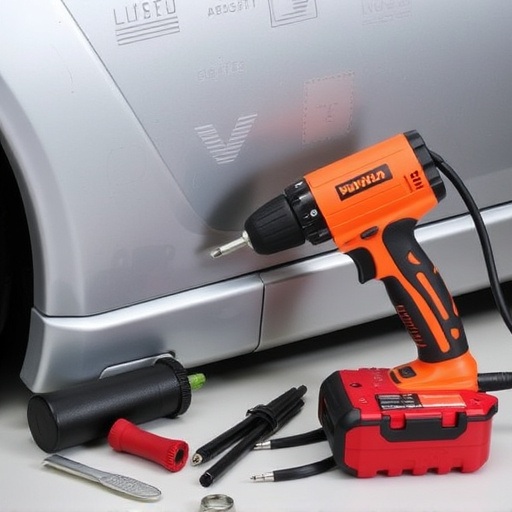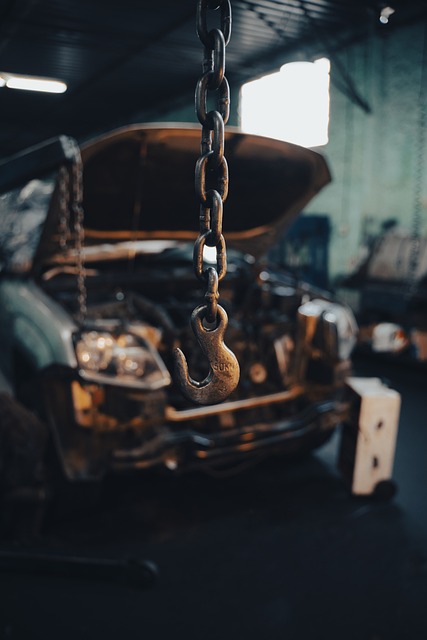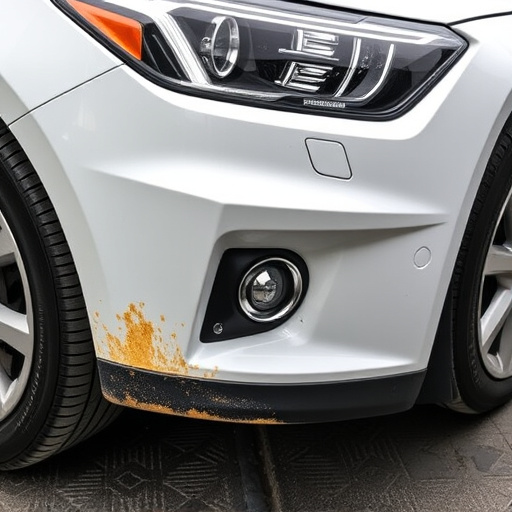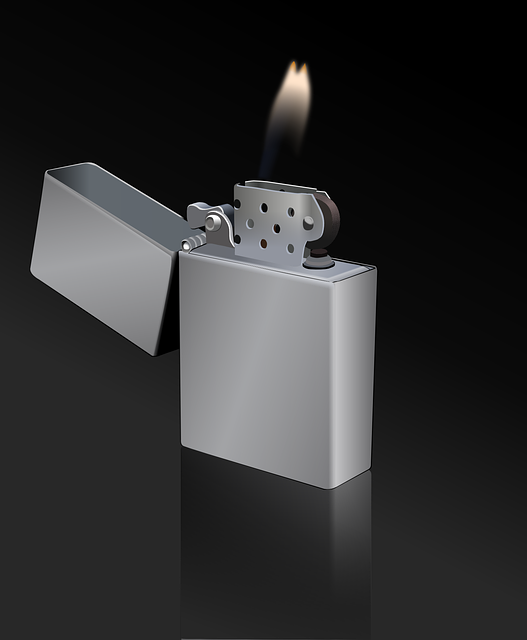The brake system collision check is a vital safety procedure that simulates crash scenarios to test and diagnose braking issues early, preventing severe auto frame repair needs. By detecting worn pads, hydraulic problems, or damaged components, this process ensures optimal driver safety through proactive vehicle maintenance. Regular checks extend brake lifespans and reduce the risk of unexpected roadside failures, making it an essential part of vehicle care for both owners and auto body shops.
The brake system is a critical component of any vehicle’s safety, making reliable performance essential. One effective method to ensure optimal braking efficiency and prevent future failures is through the implementation of a brake system collision check. This innovative feature plays a pivotal role in enhancing road safety by detecting potential issues before they escalate. By understanding how this check operates and its significant impact on preventing brake failures, drivers and mechanics can maintain vehicles more effectively, ultimately saving lives and reducing accidents.
- Understanding Brake System Collision Check
- How Brake System Collision Check Prevents Future Failures
- Implementing and Maintaining the System for Optimal Safety
Understanding Brake System Collision Check

The brake system collision check is a crucial safety measure designed to identify potential issues within your vehicle’s braking mechanism. This process simulates a collision scenario, allowing mechanics to test the responsiveness and efficiency of the brake system. By recreating conditions similar to an actual accident, the check can uncover hidden problems that might go unnoticed during routine inspections. This proactive approach to vehicle collision repair is vital in ensuring drivers’ safety on the road.
During this check, specialized equipment calculates the braking performance by simulating various collision scenarios. This data helps mechanics diagnose issues like worn-out brake pads, compromised hydraulic systems, or damaged components, which could lead to severe auto frame repair needs if left unattended. Early detection through these checks can prevent future brake failures, making it an essential part of regular vehicle maintenance.
How Brake System Collision Check Prevents Future Failures

The Brake System Collision Check is a proactive safety measure that plays a pivotal role in preventing future brake failures. This advanced technology scans and assesses the condition of a vehicle’s braking system, identifying potential issues before they escalate into critical failures. By simulating collision scenarios, it can detect anomalies in brake performance, such as worn-out pads or damaged rotors, which might go unnoticed during regular inspections. Early detection is key; addressing these problems promptly prevents catastrophic events on the road and ensures the safety of drivers and passengers.
This check doesn’t just stop at identifying defects; it also provides a detailed report, offering valuable insights into the overall health of the brake system. This information empowers vehicle owners and auto body shop services to make informed decisions about maintenance and repairs, including necessary auto painting or auto body painting if damage is present but not critical. Proactive care based on these findings can extend the lifespan of brakes and reduce the risk of unexpected failures.
Implementing and Maintaining the System for Optimal Safety

Implementing a robust brake system collision check protocol is paramount for ensuring optimal vehicle safety and preventing future brake failures. This process involves regular, comprehensive inspections that detect even the slightest anomalies in the brake system. By integrating this technology and adhering to strict maintenance schedules, drivers can significantly reduce the risk of unexpected brake malfunctions. Early detection through collision checks enables timely repairs, enhancing both driving confidence and overall vehicle reliability.
Maintaining the brake system collision check protocol requires a dedicated approach. This includes keeping up with scheduled service appointments, meticulously logging every inspection result, and promptly addressing any issues identified. Moreover, utilizing specialized tools designed to analyze brake performance data can further refine the maintenance process. Regular care not only extends the lifespan of brakes but also contributes to a smoother driving experience, ultimately saving drivers from costly car body repair or car body restoration in case of severe brake failures.
The implementation of a brake system collision check is not just a safety measure; it’s a proactive step towards preventing future brake failures. By simulating potential collisions and checking brake performance, this technology ensures that vehicles are equipped to handle critical situations effectively. Regular maintenance and updates based on these checks can significantly enhance overall safety, providing drivers with peace of mind and ensuring their vehicles are always ready for the road ahead.


